Get a Call back
Business Intelligence and Data Analytics are terms used to describe the procedures, methods, and equipment that are used by organisations to gather, examine, and decipher data in order to obtain knowledge, create wise judgements, and accomplish corporate goals. Organisations can leverage useful information produced by business analytics & business intelligence software to improve strategic planning, streamline operations, and spot growth possibilities.
Data from many sources, including internal transactional systems, external data sources, and third-party data providers, is frequently used in business intelligence and data analytics. Through the use of data modelling, data integration, and data cleaning processes, this data is transformed into information. After the data has been prepared, it can be analysed and visualised using a variety of analytical approaches, including advanced analytics, reporting, dashboards, and data visualisation.

The process of analysing data to find patterns, trends, and insights that might guide decision-making is known as business analytics. Business Intelligence and Data Analytics can be diagnostic, predictive, prescriptive, or descriptive. Diagnostic analytics involves analysing historical data to understand what happened in the past. Predictive analytics uses data to make forecasts or predictions about the future. Prescriptive analytics involves recommending actions to maximise outcomes.
Finance, marketing, sales, supply chain management, human resources, and operations are just a few of the company functions that use business intelligence tools and analytics. Businesses utilise business analytics & business intelligence software to learn more about their operations, clients, markets, and rivals. These insights help them plan strategically, streamline their operations, and boost performance.
With the introduction of new technologies like big data, artificial intelligence (AI), machine learning, and sophisticated data visualisation tools in recent years, the discipline of business intelligence and data analytics has advanced. Organisations are now able to handle and analyse massive amounts of data in real-time, leading to the discovery of fresh insights and potential for innovation.

Data Extraction, Transformation, Loading and Storage
Technoforte provides data cleansing services. Easy availability of clean data from multiple sources into one comprehensive database is essential for any business analytics need. Extract, transform, load (ETL) and extract, load, transform (E-LT) are the two main approaches used to build a data warehouse.
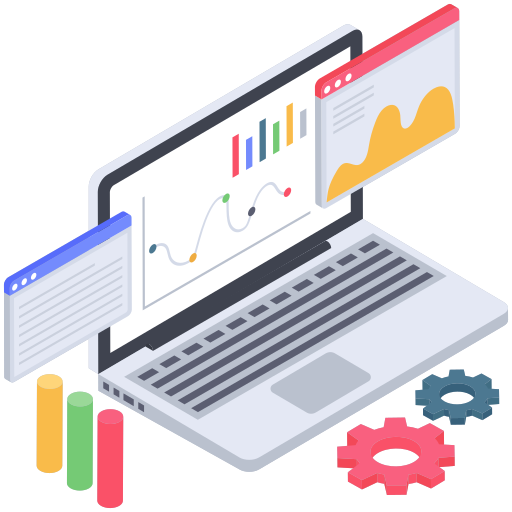
Data Analytics & Design
Turn the data from multiple sources into actionable insights for decision-making. Technoforte understands your reporting requirements and how the team uses the dashboards at various levels of the organization. The summary graphs can be drilled down to the required information by the users. The right visualization (graphs, bars, charts, lines, gauge, funnel, maps etc.) is used based on the user requirement. Self-service BI is suggested and implemented to give more power to the tech savvy business users. A question and answer visual can also be designed using Natural Language.
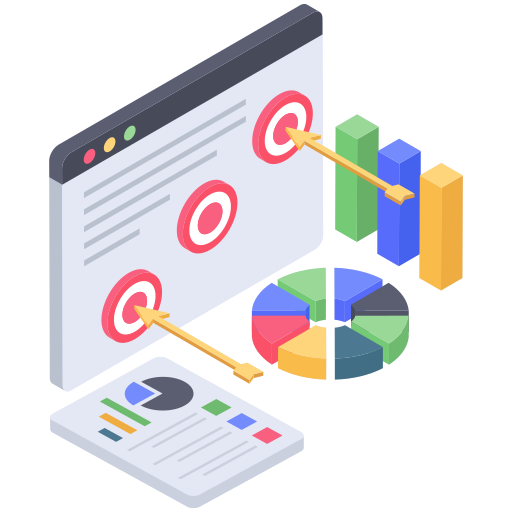
Predictive Analytics
Making predictions based on historical data and analytics techniques such as statistical modelling and machine learning. A binary prediction model can be created using dataflow and training the entities in the dataflow for machine learning. This can help create scored data reports for better prediction. Technoforte BI team can help customers setup dataflows, link tables from other dataflows and set up s predictive model using tools such as Microsoft Power BI, Qlik Sense or Tableau.
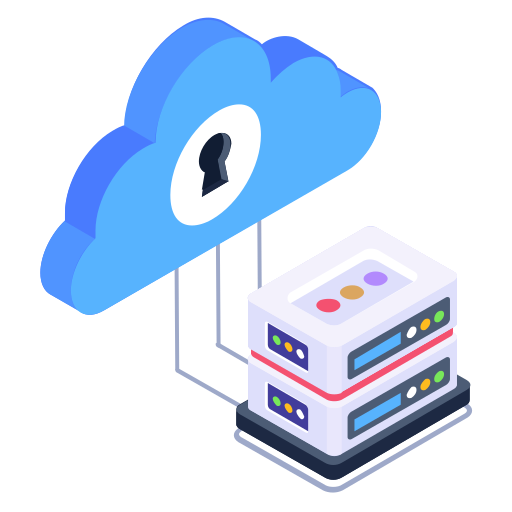
Big Data Analytics
Analyse high (growing) volumes of structured transaction data and unstructured data that are often left untapped by conventional BI and analytics program. With ease of data collection and storage, the challenge is how effective this data is used by the organization. The key is to be able to store and organize data and also use it for data insights at the same time. Cutting edge data warehouse tools like Snowflake and BigQuery are used for this purpose. The Technoforte team can help companies collect data from disparate data sources, store and cleanse data, understand company’s requirement and form data sets, identify trends, patterns and data relations, setup a Machine Learning Model and implement the relevant visualization tools.
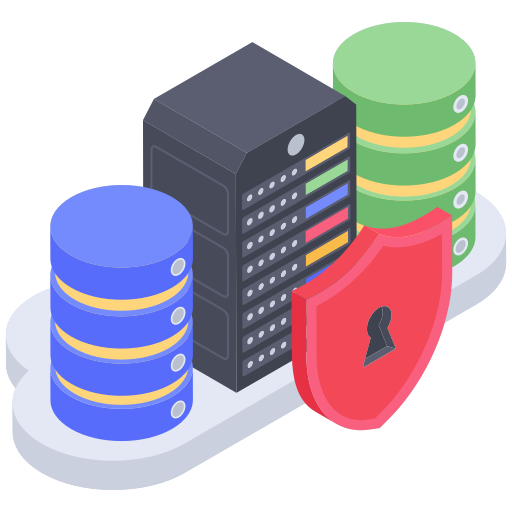
Data Governance
Technoforte team can consult organizations with data governance policies and selection/implementation of right tools, which can help users across the organization in effective use of accumulated business data. This will be keeping in mind data security, quality data availability and compliance with regulatory bodies. For example, setting up a data warehouse helps right from data collection, data storage, data availability, data retirement, data security and policy compliance. Good data governance not only drives data democratization, but also increases employees and customers trust, helps data driven decision making and increases an organizations brand value.
Data Integration and Data Migration
Data integration and migration are critical aspects of business intelligence and data analytics, as they involve the process of extracting, transforming, and loading (ETL) data from various sources into a data warehouse or analytics platform for analysis and reporting. Here are some key considerations for data integration and migration specific to business intelligence and data analytics:

Finally, while we conclude this topic, it should be noted that data migration and integration are essential parts of business intelligence and analytics, and care should be taken to ensure that these procedures are effective, scalable, performant, secure, and in compliance with data privacy laws. To guarantee correct and trustworthy data for analysis and reporting, it is crucial to do proper data transformation, data mapping, data quality assurance, metadata management, and monitoring.


Business users may access, analyse, and visualise data with the use of a variety of tools, technologies, and practises known as self-service business intelligence (BI). It gives non-technical individuals the ability for independent analytics and business intelligence and come up with insights without depending on IT teams or professional data analysts to create and distribute reports or dashboards.
Self-service BI typically involves the use of user-friendly and intuitive data visualization and analytics tools that allow business users to explore data, analytics and business intelligence, create reports, and generate insights through a self-service interface. These tools often provide drag-and-drop interfaces, pre-built templates, and interactive visualizations that enable users to easily manipulate data, create charts, and design reports without requiring coding or technical skills.

In general, self-service BI empowers business users to become more data-driven, independent, and quick in their business analytics and intelligence, and decision-making processes, improving business results and giving them a competitive edge.
Yes, a major development in Business intelligence and analytics is the growing usage of cloud-based Business Intelligence tools. When Business Intelligence tools and technologies are used on cloud platforms like Amazon Web Services (AWS), Microsoft Azure, Google Cloud, and others, where data and analytics resources are stored and processed in the cloud, this is referred to as cloud-based business analytics & business intelligence solutions.
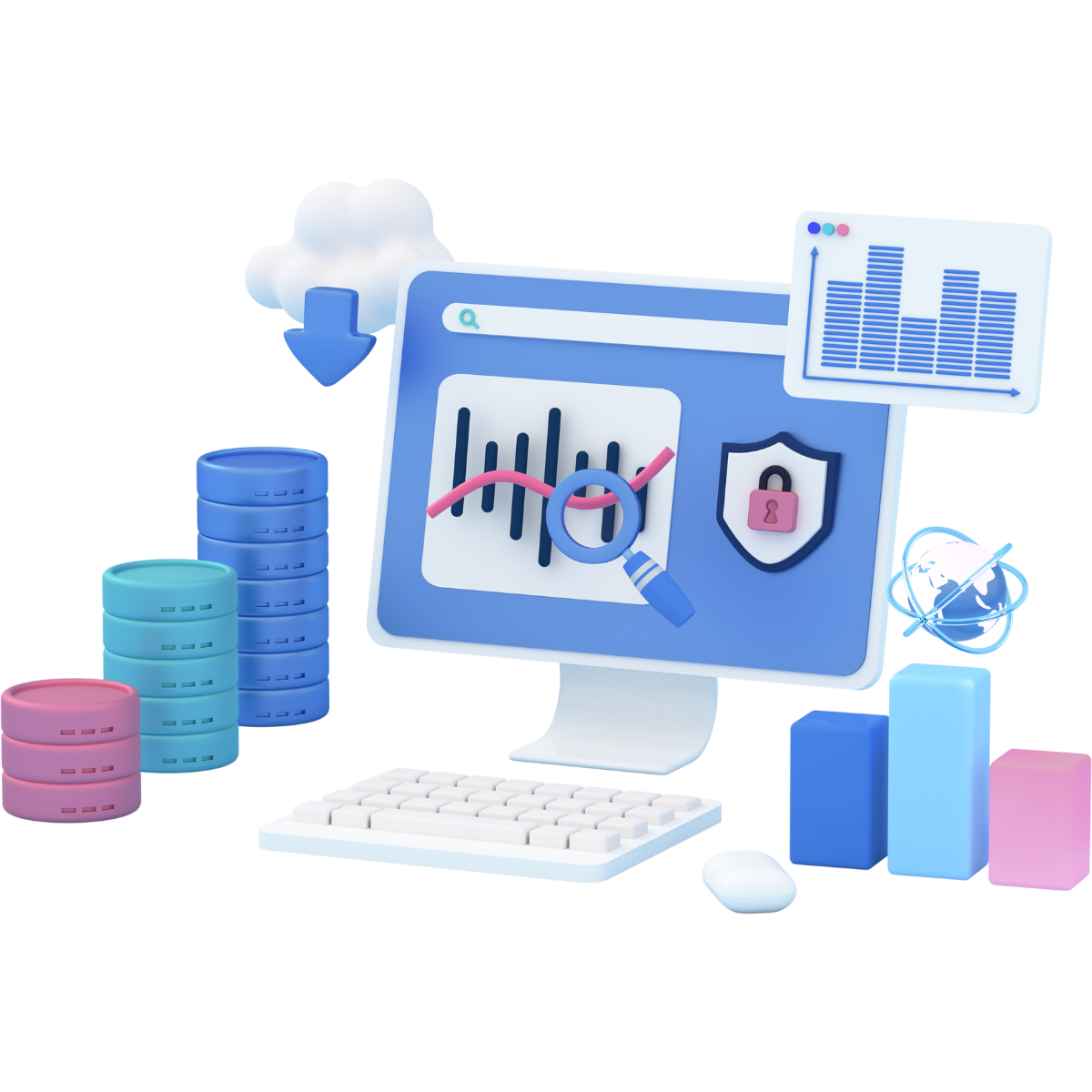
To guarantee that their data is secure and complies with legal requirements, organisations must carefully evaluate data security, privacy, and compliance needs before using cloud-based business intelligence and analytics.
Overall, the adoption of cloud-based business intelligence and analytics is growing because it provides businesses with advantages including scalability, flexibility, cost savings, simplicity of deployment and maintenance, accessibility, collaboration and sophisticated analytical capabilities, making it an important trend in the business intelligence and analytics industry.
A key development in the realm of business intelligence and analytics is the introduction of augmented analytics. Using cutting-edge technology, such as machine learning and artificial intelligence (AI), to automate and improve several steps of the analytics process, such as data preparation, data analysis, and insight creation, is known as augmented analytics.


By automating and enhancing conventional business analytics and intelligence processes with cutting-edge technology, augmented analytics is revolutionising how organisations approach data analysis and decision-making. The future of business intelligence and data analytics is anticipated to be shaped by this trend, which will allow businesses to get deeper insights from their data, make better decisions, and provide better business results.
Unlock the potential of your raw data with our advanced Data Extraction and Data Ingestion services. Utilizing robust technologies such as Python, Kafka, and SSIS, we seamlessly integrate and transform diverse data sources into a unified stream of actionable insights. Our solutions ensure high efficiency, scalability, and real-time processing, empowering your organization to make data-driven decisions with precision and agility.
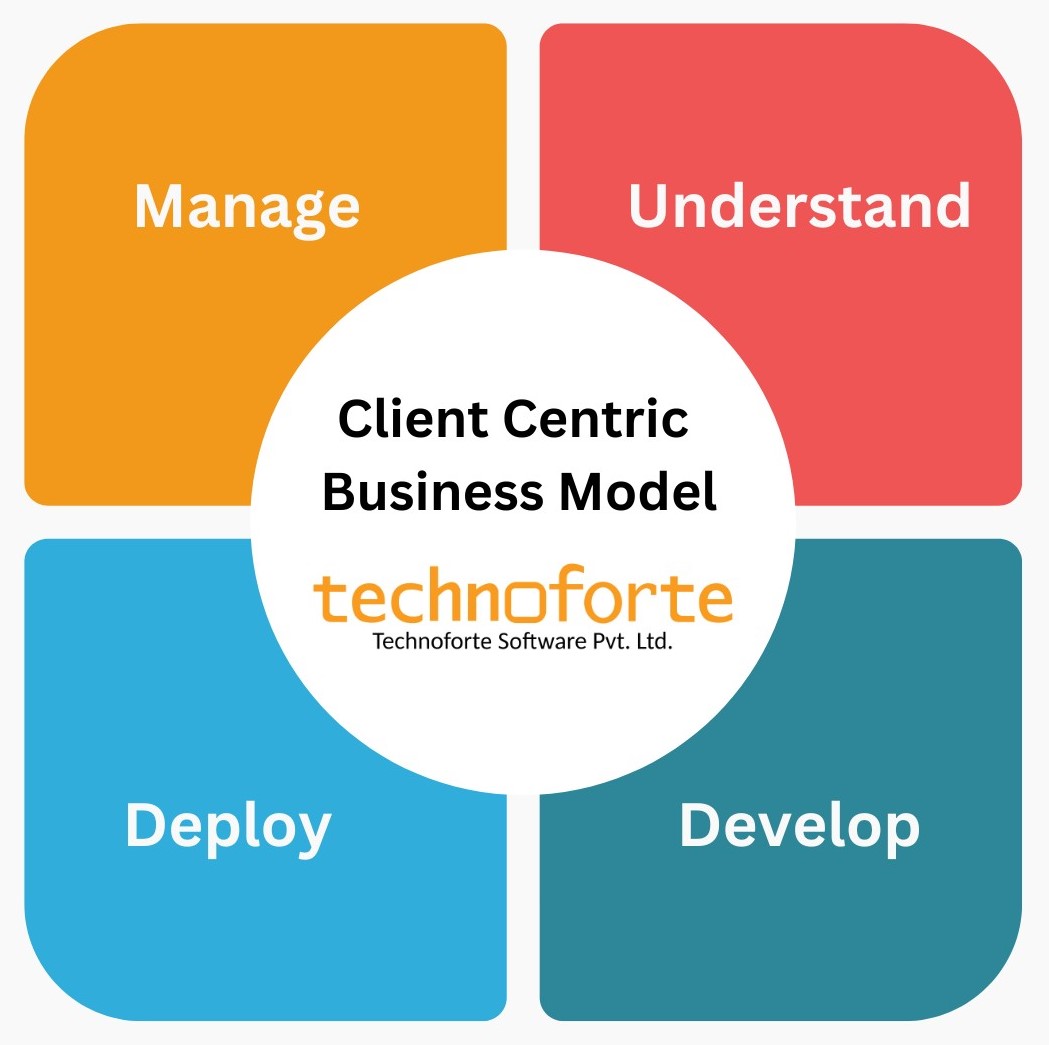
Empower your enterprise with cutting-edge Data Warehousing and Data Storage services. Leveraging industry-leading platforms like DataBricks, OneLake, and Snowflake, we provide scalable and secure solutions for all your data management needs. Our expertise ensures optimized storage, enhanced query performance, and seamless integration, allowing your business to harness the full power of big data analytics and drive transformative outcomes.
Transform complex data into intuitive visual narratives with our Data Insights and Data Visualization services. Utilizing top-tier tools such as PowerBI, Tableau, Qlik, and QlikSense, we deliver compelling visual analytics that bring your data to life. Our solutions provide deep insights, foster informed decision-making, and enable stakeholders at all levels to engage with data in a meaningful way, turning information into a strategic asset.

3rd Floor, VRR Royal Commercial Complex, (Above Pratham Motors – Maruti Suzuki Car showroom), No.90/85/2, 17th Cross, 21st A Main Road, Sector-I, HSR Layout, Bengaluru, Karnataka, 560 102, India.
© Copyright 2024. Technoforte. All rights reserved